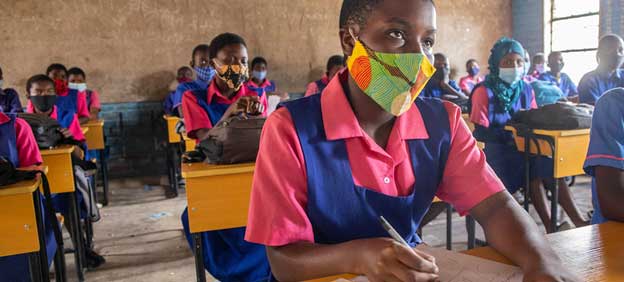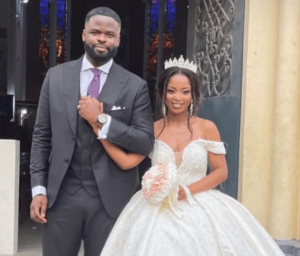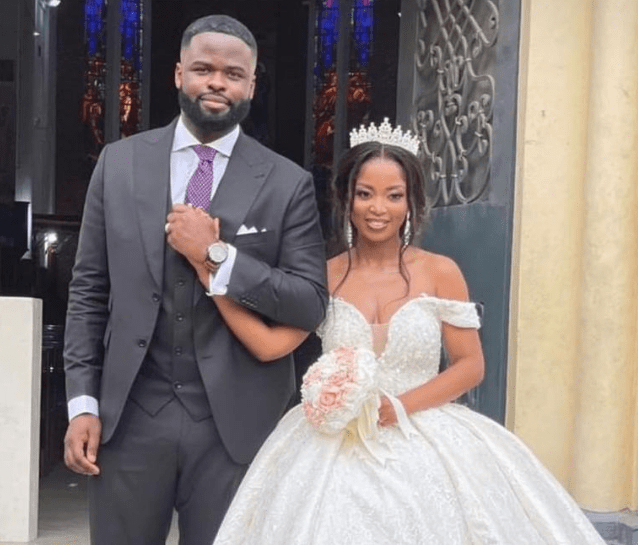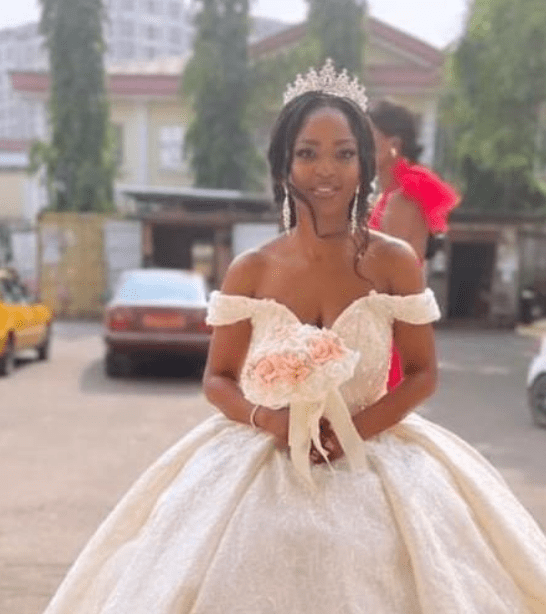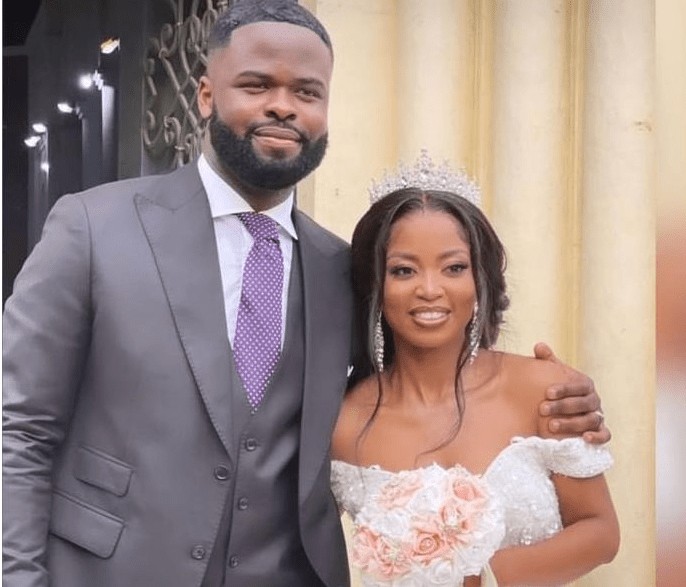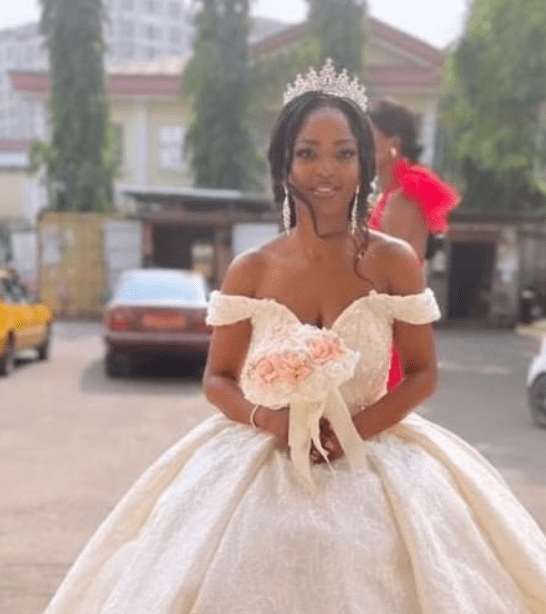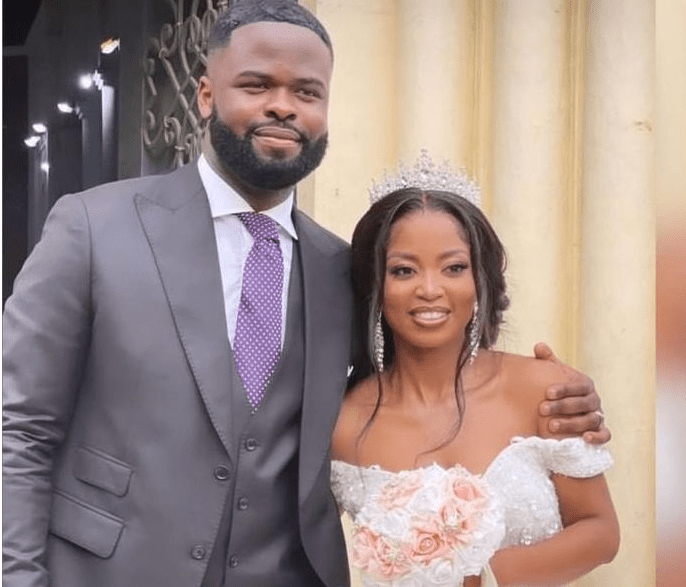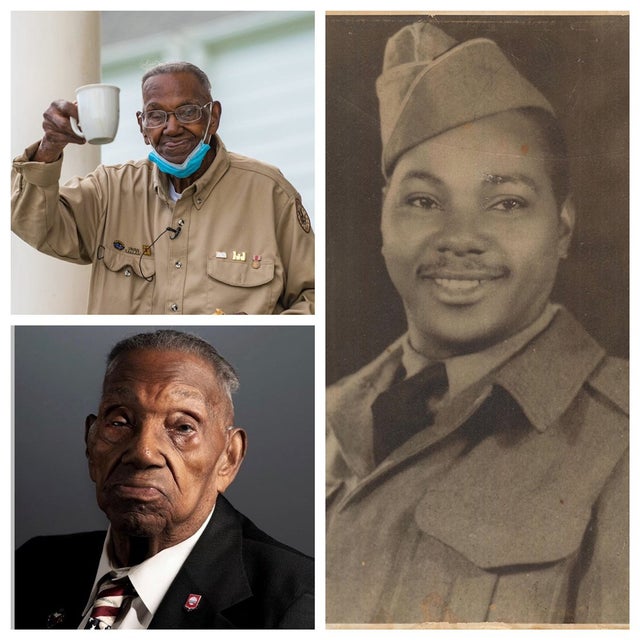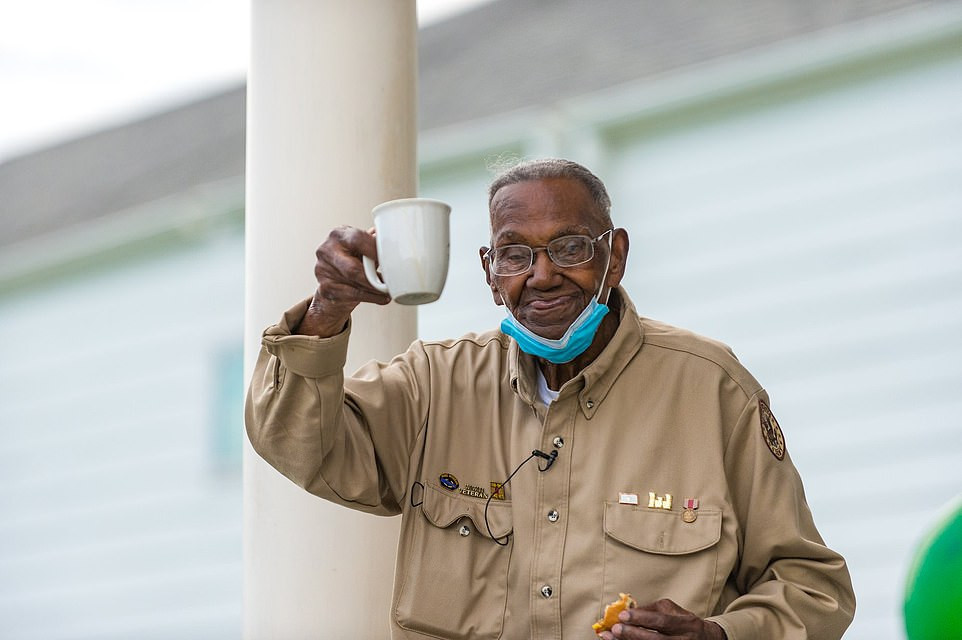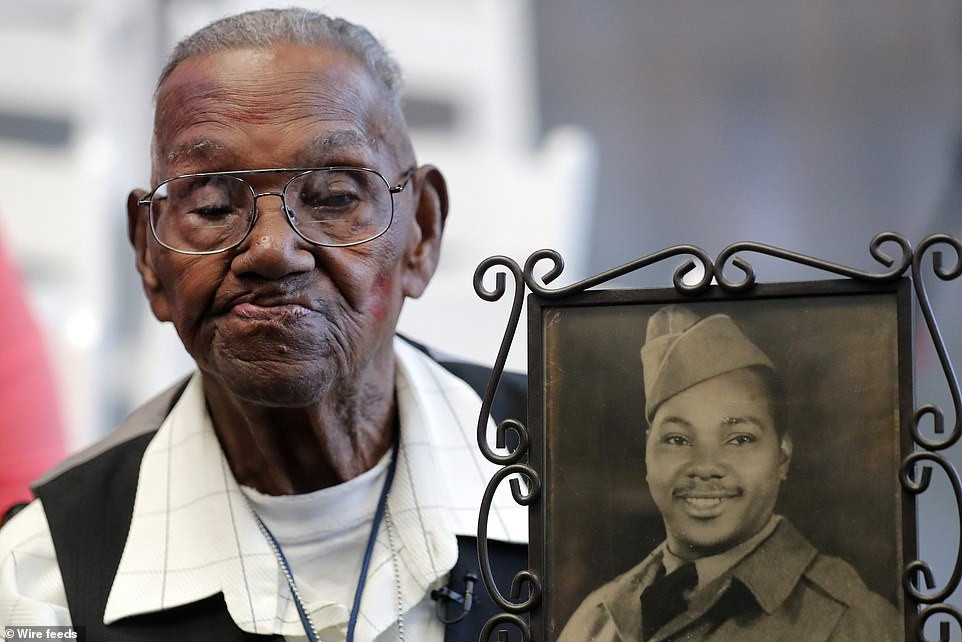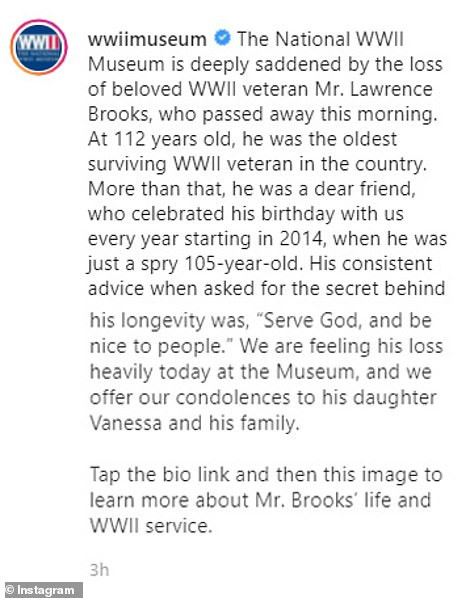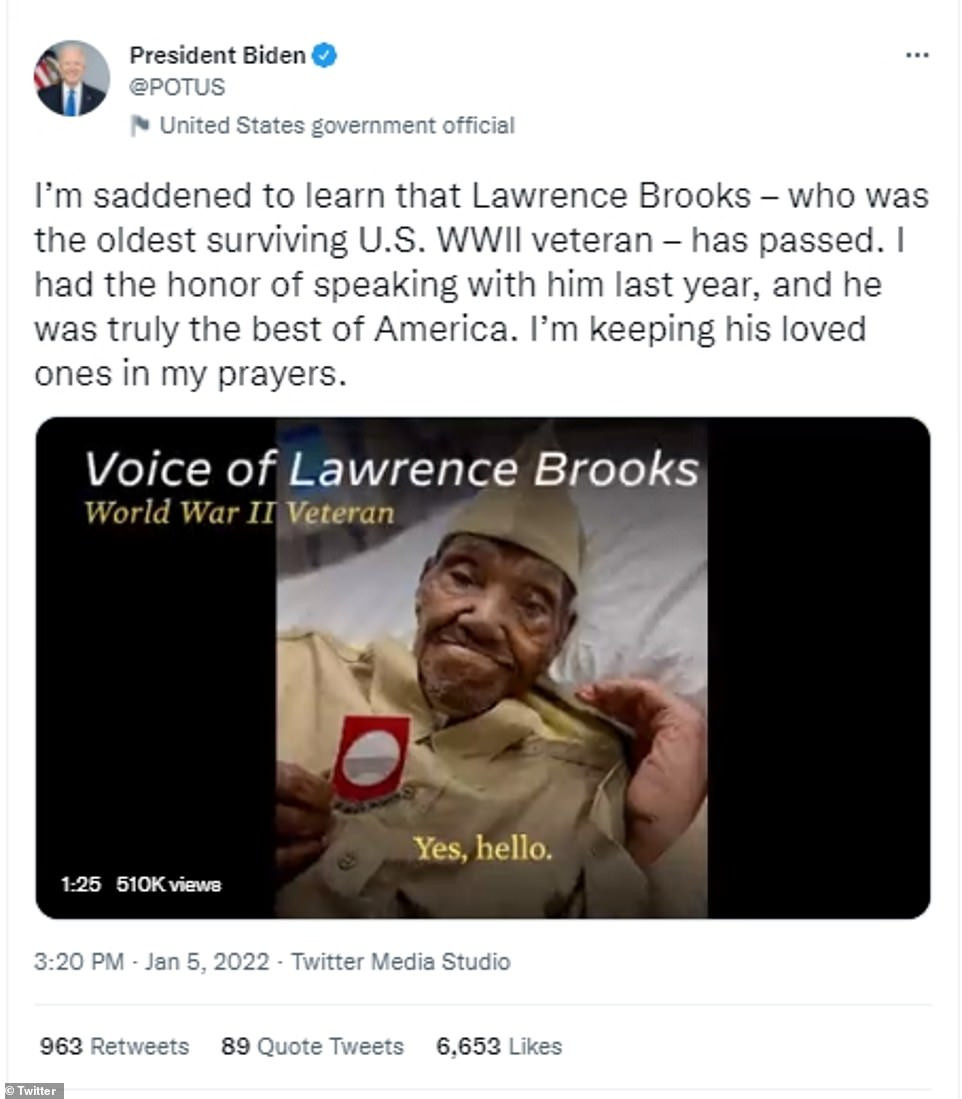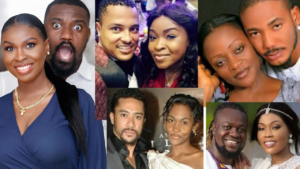
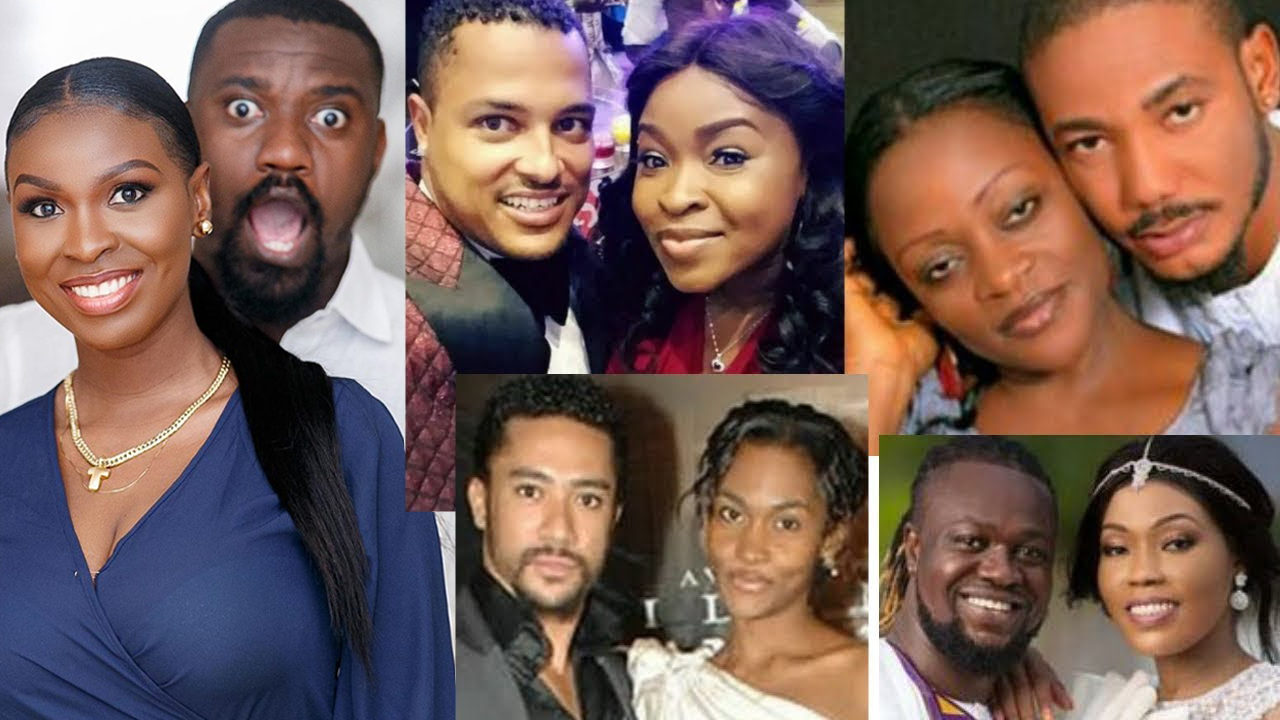
We have picked five of the best Ghanian actors who are making Ghana proud in the excerpt below. Some of them are already passing the Hollywood threshold and are seen on the silver screen.
Ghana!
A country in West Africa is making cinemas which every Ghanaian should be proud of. Their cinema portrays the art of acceptance beautifully. With more than 150 feature films, they are showing self-reliance among the African people.
It is no more about being patronized for their art because of their social condition. In fact, after seeing the quality of these films, one could say that they will be able to compete with some of the big guys of the cinema industry worldwide in a few years.
This couldn’t have been possible without the exponential qualities that the actors possess. Some of them are already passing the Hollywood threshold and are seen on the silver screen.
We have picked five of the best Ghanian actors who are making Ghana proud in the excerpt below.
Best Ghanian Actors Making Their Country
Although there are many, we were able to pick the best of the bunch. It was difficult! The PirateBay can help you if you want to watch some of the best Ghanaian films for free after reading this.
1. Abraham AttahThis 14-year-old, who is of a Ghnanina origin, has already penetrated the silver screen of Hollywood and is being presented with all the accolades for his phenomenal acting. His leading role as Agu in ‘Best No Nation’ already won him the Marcello Mastroianni Award for Best Young Actor.
All in all, a god gifted actor who has enough potential to give us some of the greatest hits in Hollywood. Recently he starred in Spiderman- Homecoming and is among the cast of The Modern Ocean.
2. Akosua Busia
The prodigal daughter of the former prime minister of Ghana is making her country with her commendable acting skills!
This actress from Ghanaian descent is now residing in the United Kingdom and is best known for her role in The Colour Purple as Nettie Harris alongside Woopie Goldberg.
She is another gifted actor who had shown her impressive talents from a very young age when she attended London Central School Of Speech & Drama on a scholarship.
Her acting debut was as Juliet in the Romeo & Juliet drama at Oxford University. Now, she is an actress, film director, and even a songwriter.
3. Majid Michel
He is one of the richest Ghanaian actors who is making his country proud with his phenomenal acting skills. Born in Accra with nine other siblings, Michel belongs to a Ghananian and Lebanon descendant.
He found an interest in acting from a very young age and joined his school’s drama club. Some of his awards include Best Actor in Emancipation Day in Cape Coast, Divine Love which gave him much recognition and accolades.
Some of his other movies are Bursting Out, 4 Play, A Sting In Tale, etc.
4. Hugh Quarshie
This Ghanian-born British actor is already making his mark in the British cinema industry. He has been featured in one of BBCs long-running series called Holby City in the role of Ric Griffin.
He has received much attention and made a good impression because of this role. He has appeared in other movies like The Church, Star Wars, Highlander, etc.
Now, he is working on television series and also theatre work since he is part of The Royal Shakespeare Company.
5. Peter Mensah
Not many know this, but Peter Welsh has a Ghanaian origin. He was born in Ghana before he moved to the United Kingdom at a very young age.
He doesn’t need a new introduction as we have already seen him on Tears Of The Sun, Spartacus, and 300. It would be an injustice to talk about his acting skills with just some words, as they are not enough.
So, we would recommend you watch them right away!
Crossing The Country Borders.
Most of these Ghanian actors are crossing the threshold of Ghana and African cinema to also act on the silver screen.
We are sure that they are helping the African American community become more proud of their heritage and origin. This is an uplifting story for any community that has faced racial discrimination in the entertainment industry.
(Visited 43 times, 31 visits today)


